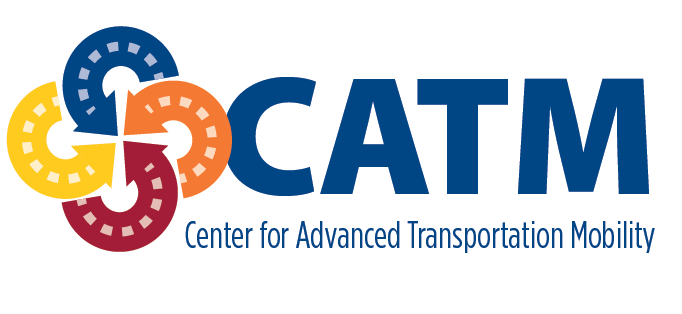Document Type
Report
Publication Date
9-2024
Keywords
Personal listening devices, vulnerable road users; vehicle-to-pedestrian
Abstract
The last decade has witnessed a rapid evolution in the automotive industry, primarily due to the advent of electric vehicles. This shift has unintentionally reduced noise emissions, leading to increased pedestrian safety concerns. With the widespread acceptance of personal listening devices (PLDs), new methods of communicating vital traffic information to vulnerable road users (VRUs) have been introduced. The current research systematically investigated critical factors associated with VRU navigation while using PLD vehicle-to-pedestrian (V2P) systems during high-fidelity simulated crossings. Results indicated comparable reaction times through air and bone conduction modalities with differences based on bone location and frequency. However, alert signals played through open-ear PLDs resulted in quicker detection. In situations with limited visual cues, verbal guidance yielded faster crossing performance. Findings also suggest that closed-ear PLDs could isolate users from critical environmental cues, leading to increased uncertainty and hesitation during crossings. Consequently, the use of open-ear PLDs should be considered, as they offer the benefits of intelligible perception of navigational aids and environmental awareness. In sum, based on the findings, an overarching recommendation would be to create components of PLD V2P systems that consider user preferences, the content of information, and the timing of when it is presented to VRUs.
Recommended Citation
Patrick, Rafael Ph.D, "Connected Electric Vehicles: Personal Listening Device Vehicle-to-Pedestrian Communication Systems in Virtual Reality" (2024). Center for Advanced Transportation Mobility. 32.
https://digital.library.ncat.edu/catm/32
Data File 2
CATM.CEV_PhaseIII_Shareable.xlsx (55 kB)
Data File 2
(Upthegrove, et al., 2024) The Tesseract copy.pdf (1584 kB)
Conference Paper


